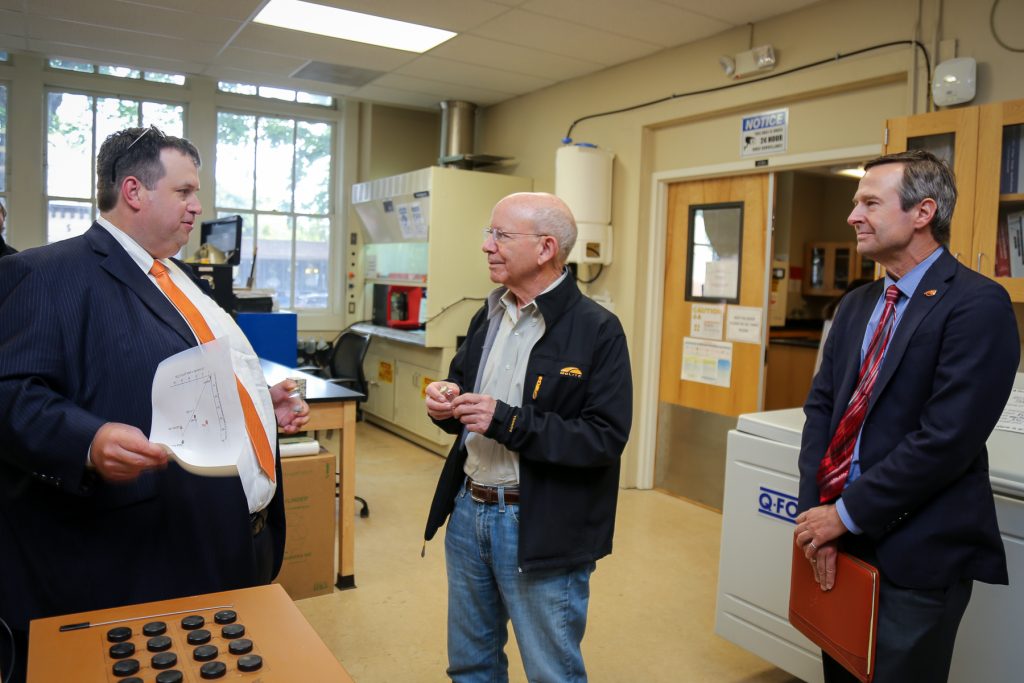This fall, Rep. Peter DeFazio, chair of the House Transportation and Infrastructure Committee, invited Dan Cox, CH2M-Hill Professor in Civil Engineering, to present at a hearing before the Subcommittee on Coast Guard and Maritime Transportation.
Cox described the role university-based research can play in providing the Coast Guard with tools to build and maintain resilient and adaptive port infrastructure. His testimony included descriptions of state-of-the-art modeling tools – some of which are being developed at Oregon State University – that can identify high-risk conditions, adaptive planning approaches to account for sea level uncertainties, and techniques to improve the corrosion resistance of steel within infrastructure.
“Improved models relating to exposure conditions from extreme surge and waves on long-term performance can be used to provide better service-life prediction, and advances in high-performance concrete can be used to improve new construction,” Cox said.
Cox described how natural and nature-based features can protect ports, make them more resilient, and can provide ecological benefits. He also emphasized the importance of workforce development for maritime resilience and of Oregon State’s role in the training of Coast Guard and Navy students at the graduate level.
“We provide a rigorous academic program combined with hands-on research projects tailored to the missions of these agencies,” Cox said.

















